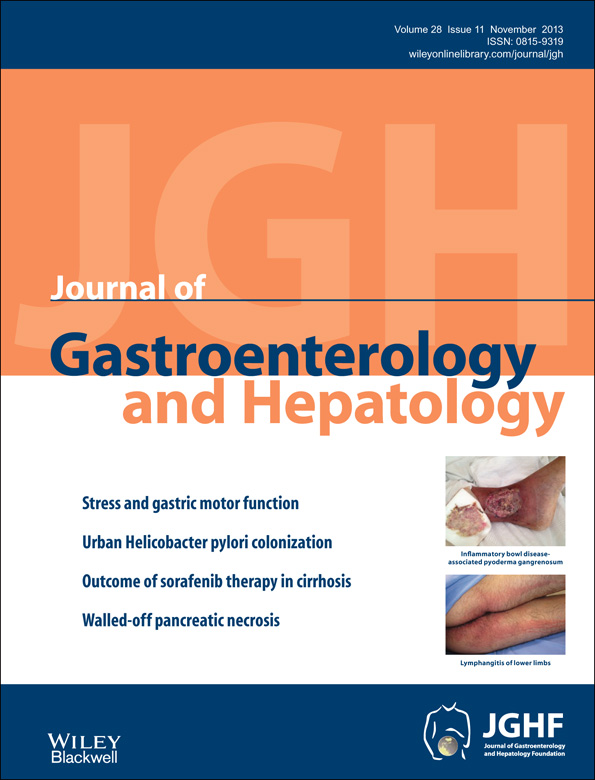Factors impacting treatment outcomes in the endoscopic management of walled-off pancreatic necrosis
Abstract
Background
Treatment outcomes are suboptimal for patients undergoing endoscopic treatment of walled-off pancreatic necrosis (WOPN). The objective of this study is to identify factors that impact treatment outcomes in this patient subset.
Methods
This is a retrospective study of patients with WOPN treated endoscopically over 10 years. Patients underwent placement of stents and nasocystic catheters within the necrotic cavity. In select patients, the multiple transluminal gateway technique (MTGT) was adopted to create several openings in the stomach or duodenum to facilitate drainage of necrosis. In patients with disconnected pancreatic duct syndrome (DPDS), the transmural stents were left in place indefinitely to decrease pancreatic fluid collection (PFC) recurrence.
Results
Endoscopic treatment was successful in 53 of 76 (69.7%) patients. Treatment success was higher in patients undergoing MTGT than in those in whom conventional drainage was used (94.4% vs 62.1%, P = 0.009). On multivariate logistic regression analysis, only MTGT (OR 15.8, 95% CI 1.77–140.8; P = 0.01) and fewer endoscopic sessions being needed (OR 4.0, 95% CI 1.16–14.0; P = 0.03) predicted treatment success. PFC recurrence was significantly lower in patients with indwelling transmural stents than in patients in whom the stents were removed (0 vs 20.8%; P = 0.02).
Conclusions
Creating multiple gateways for drainage of necrotic debris improves treatment success, and not removing the transmural stents decreases PFC recurrence in patients undergoing endoscopic drainage of WOPN.




